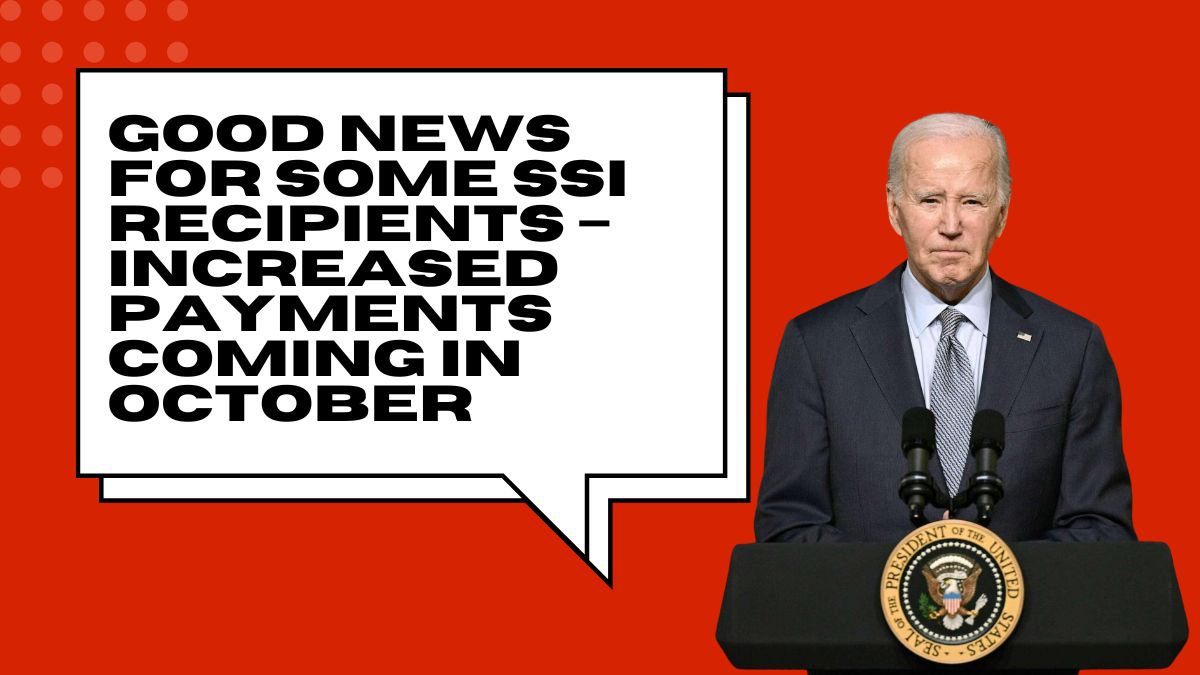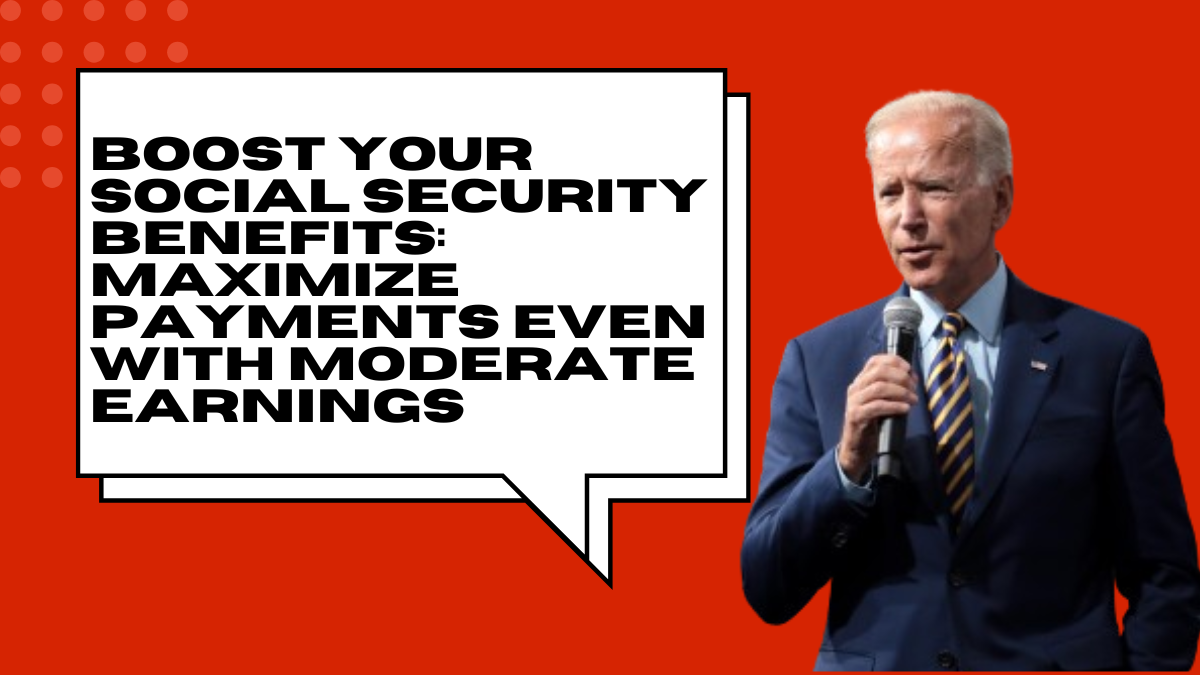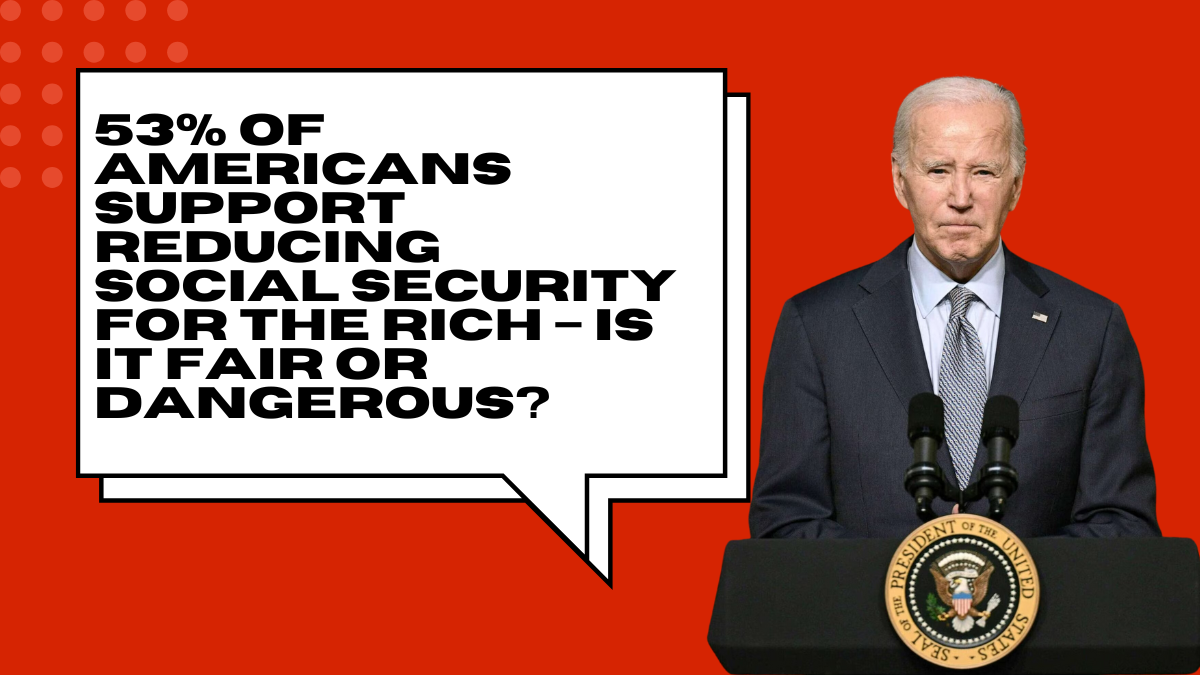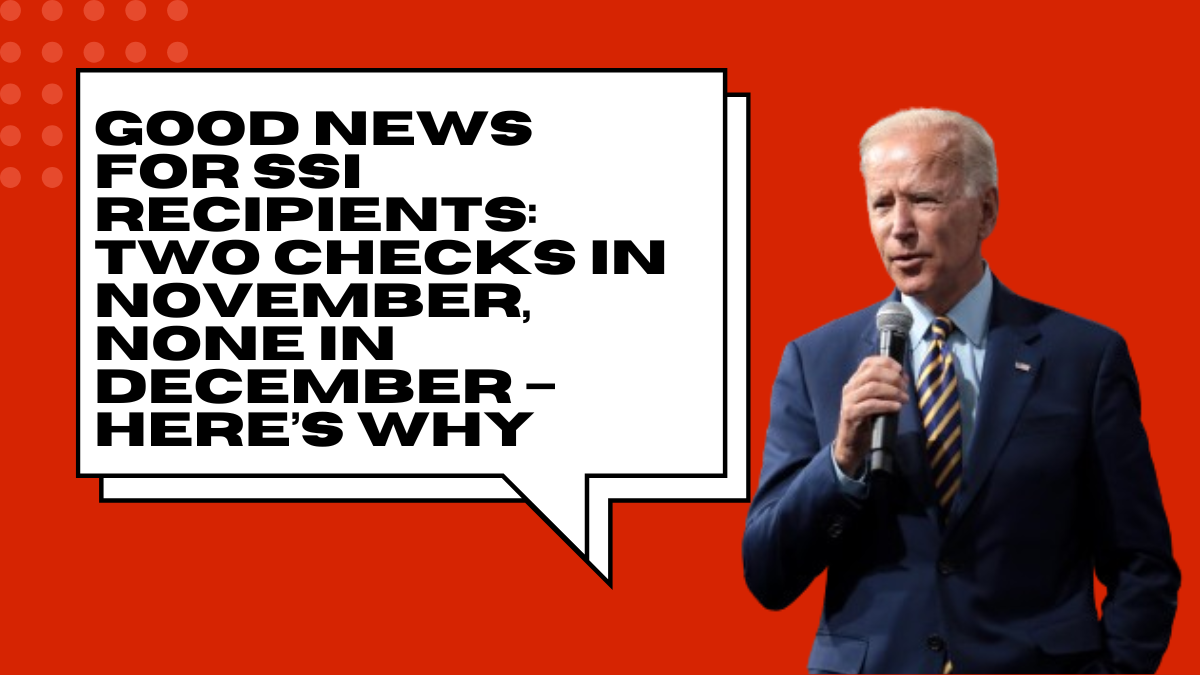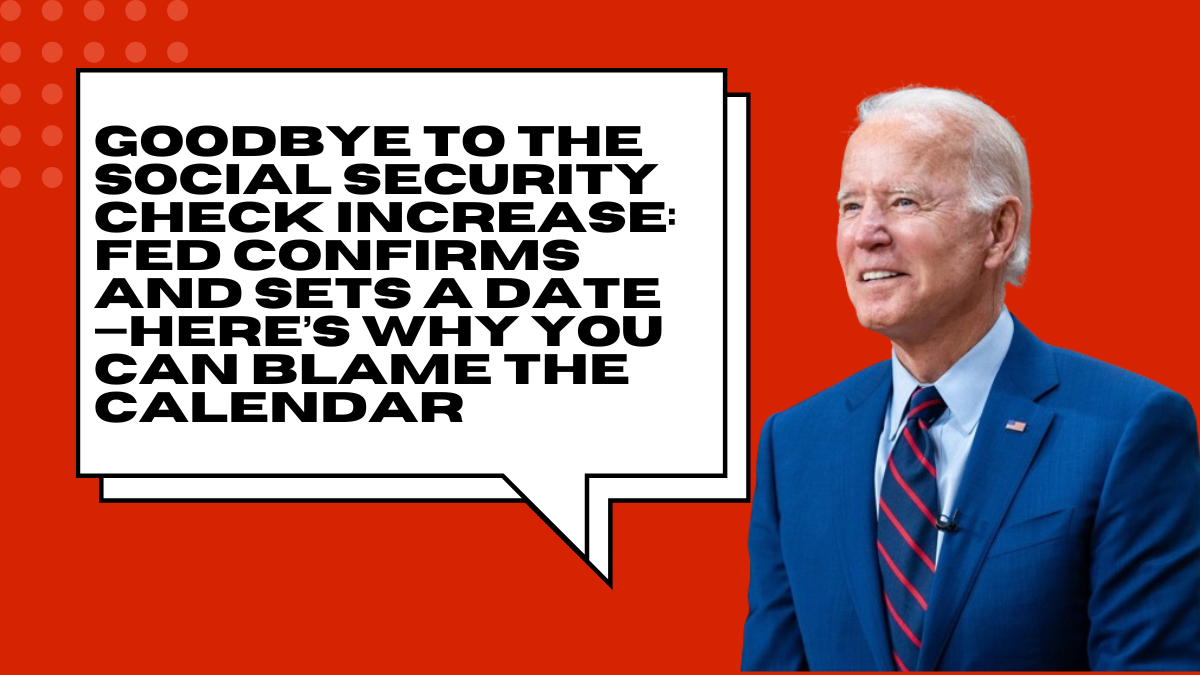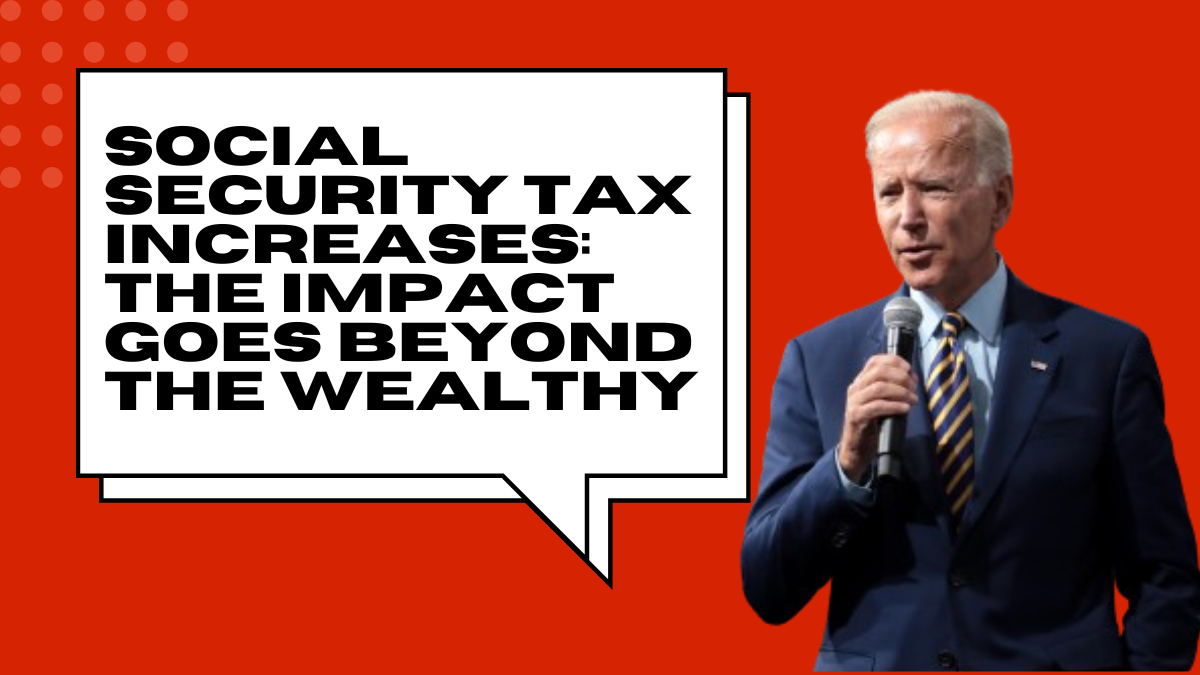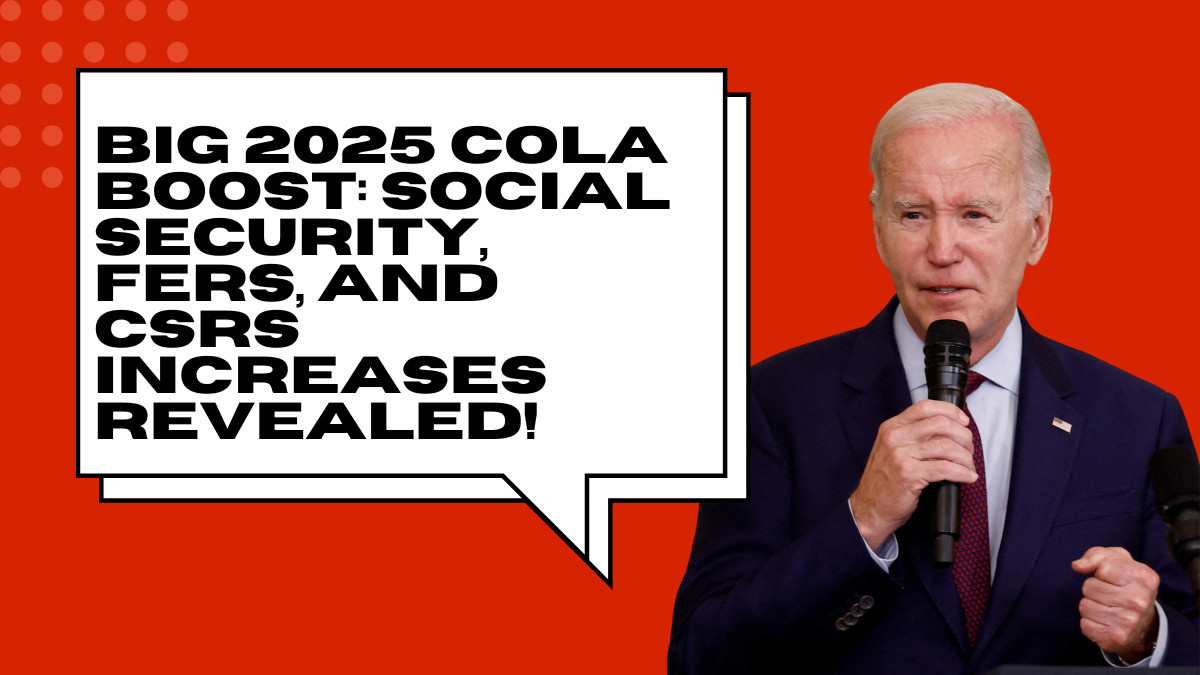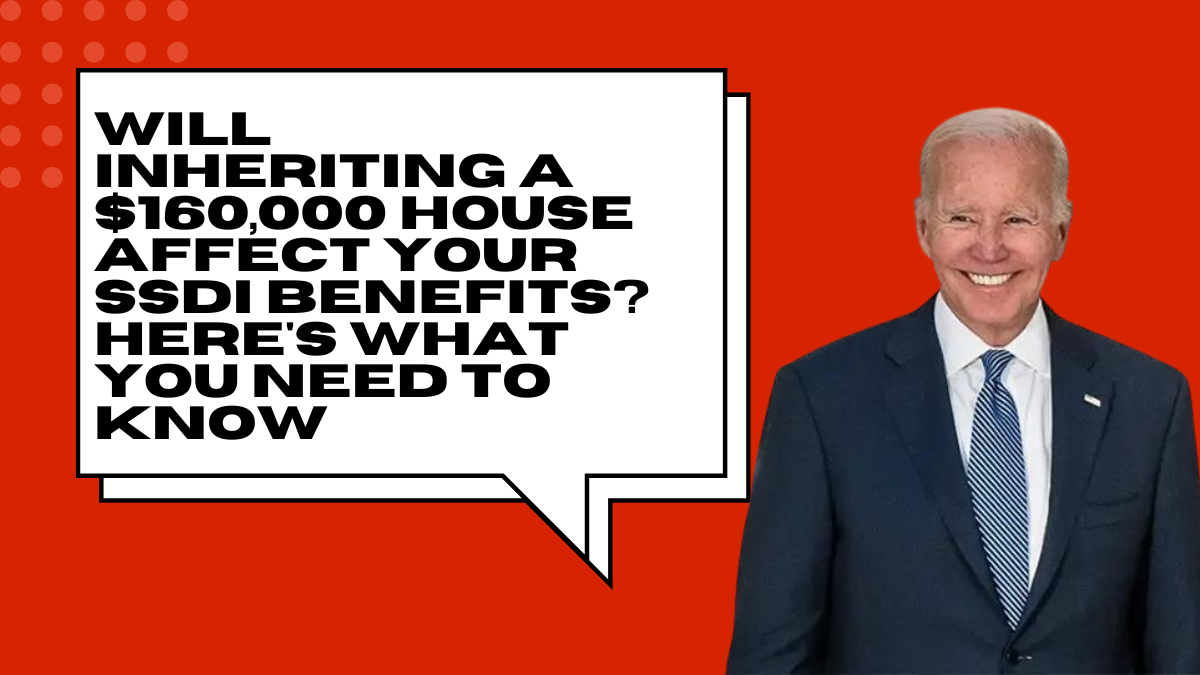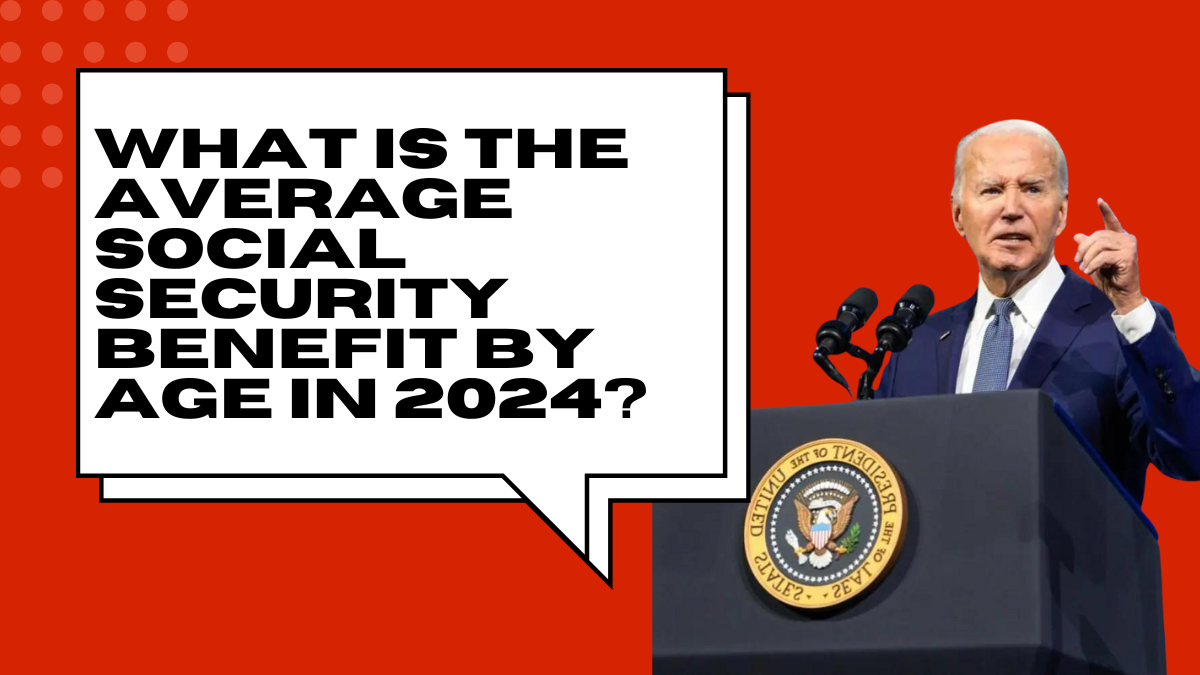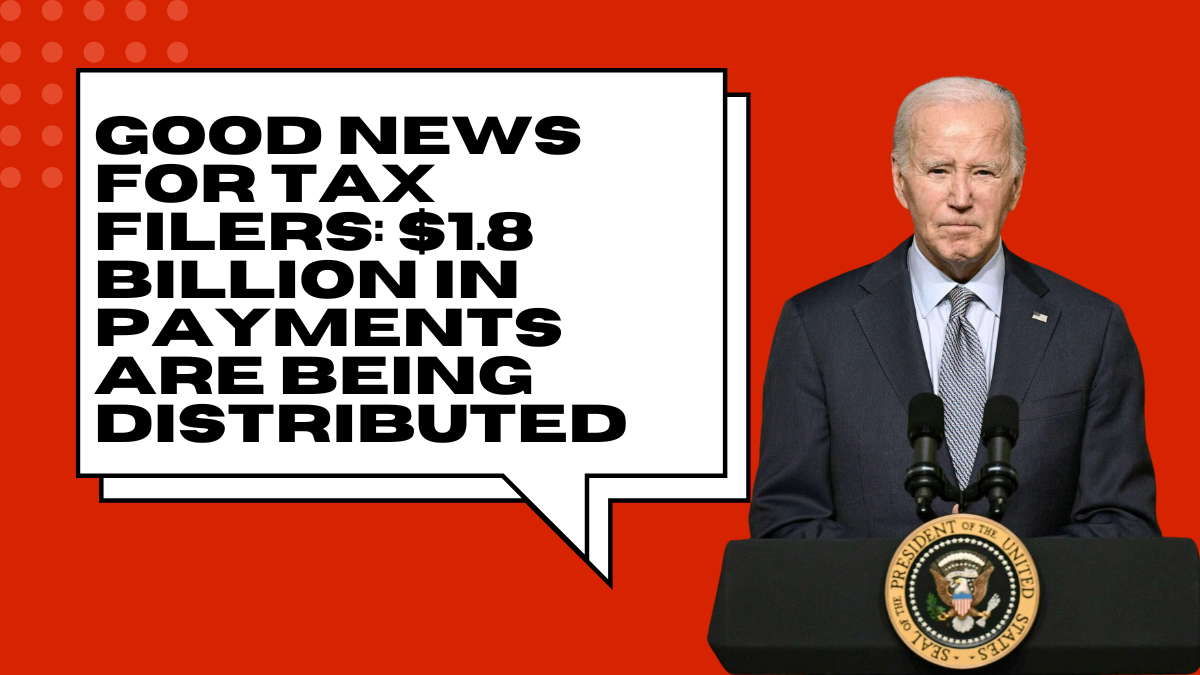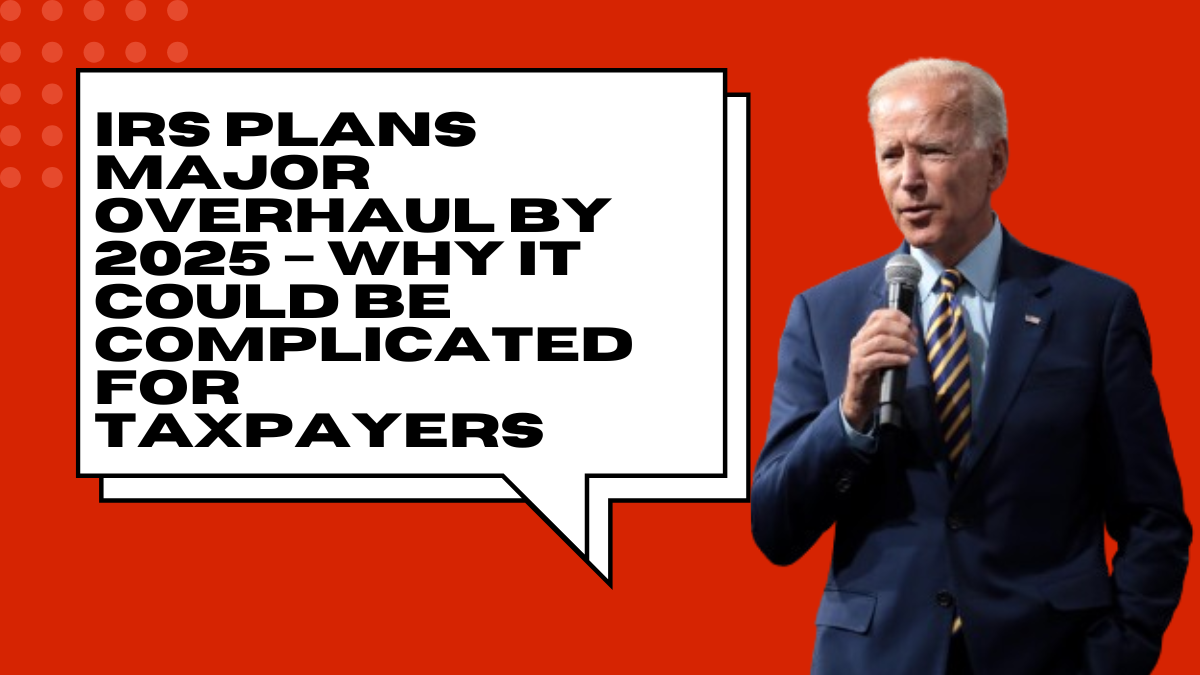The Social Security Administration (SSA) is rolling out several changes to its Supplemental Security Income (SSI) program starting in October 2024, which will benefit low-income recipients.
These updates aim to simplify eligibility, reduce administrative burdens, and increase payments for many Americans. Below, we break down the changes, how they affect current and potential beneficiaries, and what to expect.
Key Updates for SSI Recipients
The changes focus on improving access to SSI by easing some of the stricter regulations around food and rental support. Here’s a detailed look at the updates:
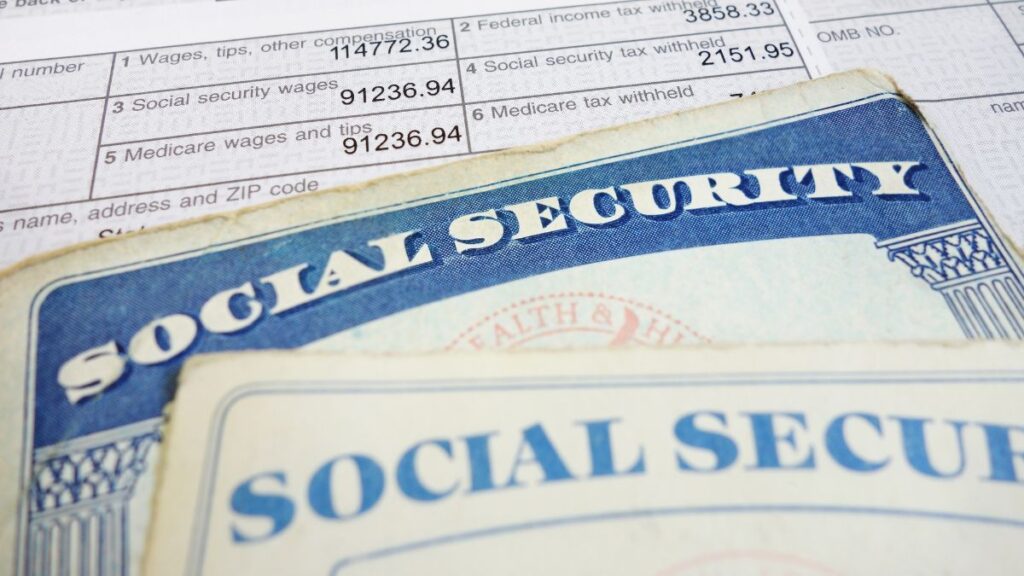
1. Removal of In-Kind Support and Maintenance (ISM) Calculations for Food Assistance
Starting in October, informal food assistance provided by friends, family, or community members will no longer be counted as income under the In-Kind Support and Maintenance (ISM) calculation. Previously, food assistance could reduce or disqualify individuals from receiving SSI benefits. This change will simplify the process and increase payments by an average of $131 per month for over 90,000 beneficiaries.
2. Expansion of Rental Subsidy Exception
The SSA has expanded a rental subsidy exception that was previously available only in seven states, including Connecticut, New York, and Illinois, to the entire country. This change could increase payments by an average of $132 per month for around 41,000 people.
3. SNAP Benefits Now Included in Public Assistance Household Definition
The definition of a public assistance household will now include those receiving Supplemental Nutrition Assistance Program (SNAP) benefits. Previously, all members of a household had to be on public assistance for the home to qualify as a public assistance household.
With the update, only one member needs to receive public assistance, making it easier for individuals in mixed-income households to qualify for SSI. This update is expected to help about 277,000 people by increasing monthly payments and reducing the complexity of reporting.
SSI Eligibility Changes and Impact

SSI is a needs-based program designed to assist individuals who are elderly, disabled, or blind and have very low income. To qualify, individuals must generally earn no more than $1,971 per month and have limited assets (up to $2,000 for individuals and $3,000 for couples).
- Maximum Benefit in 2024: The maximum monthly benefit for SSI recipients is $943 for individuals and $1,415 for couples.
- Household Considerations: With the new rules, food and housing support from family or other household members will no longer count as income, making it easier for recipients to access or maintain benefits.
States with Rental Subsidy Expansion
| State | Expected Increase in Payments |
|---|---|
| Connecticut | $132 |
| New York | $132 |
| Vermont | $132 |
| Illinois | $132 |
| Indiana | $132 |
| Wisconsin | $132 |
| Texas | $132 |
| Entire U.S. (from October) | $132 |
Simplification of the Application Process
In addition to these changes, the SSA is also streamlining the application process by providing a more user-friendly online application. This will make it easier for people to apply for SSI and update their information, further reducing the administrative burden on beneficiaries.
Why These Changes Matter
These policy updates reflect a shift toward greater accessibility and equity for SSI recipients. By removing unnecessary barriers like food assistance counting as income and simplifying rental support, the SSA aims to provide more financial security to those who need it most. This is particularly critical as more individuals face rising living costs and need to stretch their benefits further.
Conclusion
The changes to the SSI program in October 2024 will positively impact thousands of low-income Americans.
With simplified rules around food and housing support, increased payments, and a more user-friendly application process, the Social Security Administration is working to ensure that more individuals get the help they need.
These updates are part of the SSA’s broader effort to improve equity and reduce poverty for some of the most vulnerable populations in the U.S.
FAQs
1. Who qualifies for SSI benefits?
Individuals who are 65 or older, disabled, or blind, with limited income and resources, qualify for SSI. The monthly income limit is $1,971 for individuals.
2. How much can SSI recipients expect to receive in October 2024?
The maximum monthly benefit in 2024 is $943 for individuals and $1,415 for couples. Some may receive less depending on income and household circumstances.
3. Will food support still affect my SSI benefits?
No, under the new rules, informal food assistance from family or friends will no longer reduce your SSI benefits.
4. How do the new rental subsidy rules work?
The rental subsidy exception has been expanded nationwide, which will increase payments by about $132 for those affected.
5. What are the changes to the public assistance household definition?
The definition now includes households receiving SNAP benefits, which simplifies eligibility for SSI and increases payment amounts for many recipients.
References
- Social Security Administration Blog, September 2024
- Money.com, Social Security Benefits Update
- Kiplinger.com, Social Security Expands Access to SSI Benefits
